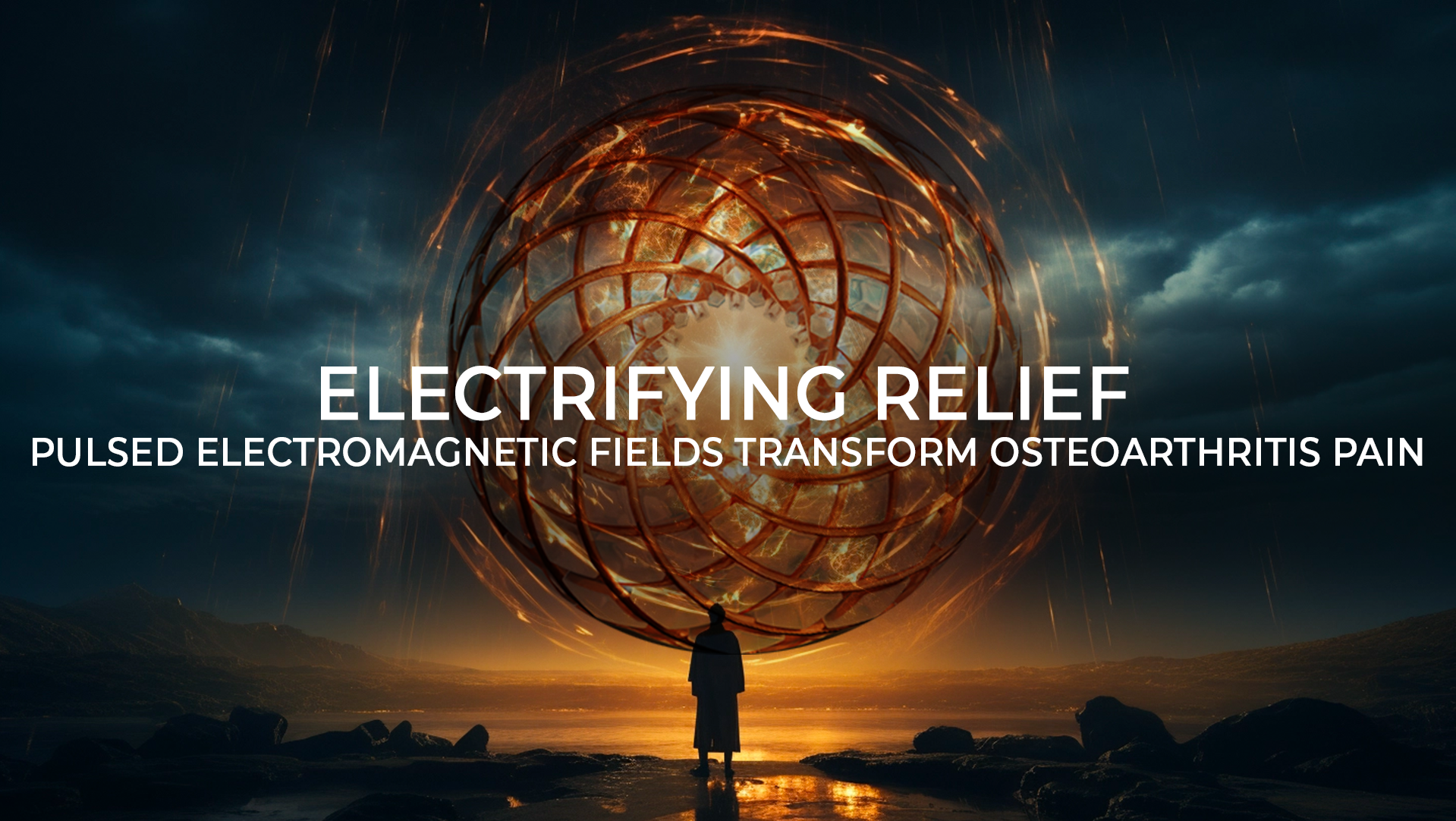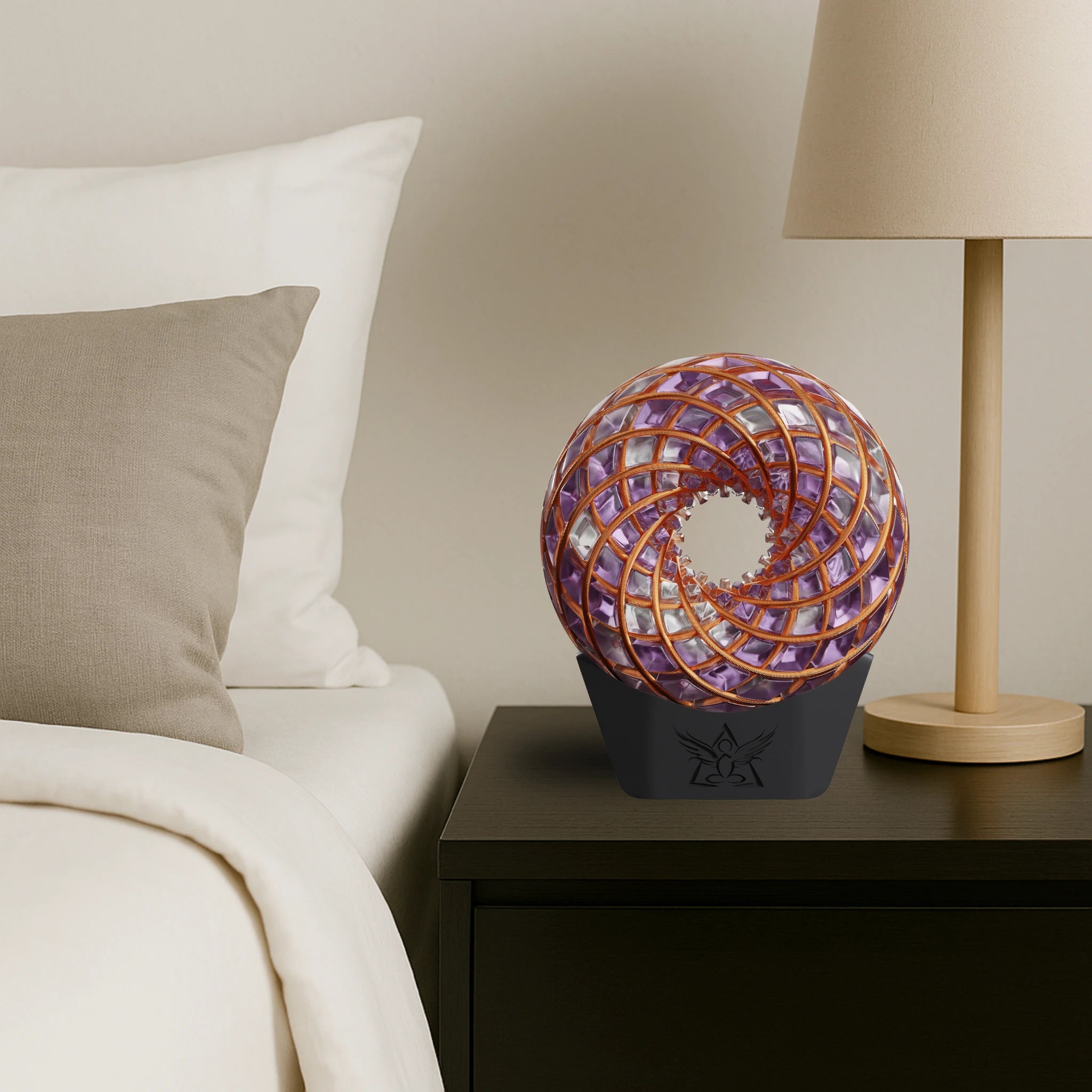Osteoarthritis (OA) has long been a silent adversary, affecting millions worldwide and imposing substantial economic burdens. While traditional interventions focus on disease education, weight management, and physical treatment, searching for alternative approaches has led researchers to explore the efficacy of pulsed electromagnetic fields (PEMFs). In this blog, we delve into a systematic review and meta-analysis conducted by Jie Tong and the team, unraveling the potential of PEMF therapy in alleviating pain and stiffness and enhancing physical function in patients with OA.
The Landscape of Osteoarthritis:
Before we delve into the study's findings, let's understand the gravity of osteoarthritis. As the most prevalent form of arthritis globally, OA affects a staggering 250 million people. This chronic and recurring condition not only inflicts pain and discomfort but also poses significant challenges to joint function and mobility.
The Role of PEMFs in OA:
Traditional approaches often come with side effects, prompting the exploration of safer alternatives. Enter PEMFs – a noninvasive and efficacious physical medicine already applied in treating various skeletal diseases, including osteoporosis. The study aimed to investigate the impact of PEMF therapy on OA symptoms compared to other interventions.
Study Design and Inclusion Criteria:
The research, comprising eleven randomized controlled trials (RCTs) with 614 participants, focused on OA patients treated with PEMF for pain, stiffness, and physical function impairment. The outcomes were measured using the Visual Analog Scale (VAS) and Western Ontario McMaster University Osteoarthritis Index (WOMAC) scores.
Results Unveiled:
The meta-analysis yielded promising results. Compared to control groups, PEMF treatment showcased significant improvements across the board:
Pain Relief: PEMF therapy demonstrated a substantial reduction in pain (SMD = 0.71, p = 0.03), offering a beacon of hope for those burdened by OA-induced discomfort.
Improved Stiffness: The stiffness associated with OA saw a remarkable improvement with PEMF treatment (SMD = 1.34), signifying a potential breakthrough in addressing a common symptom of the condition.
Enhanced Physical Function: Patients undergoing PEMF therapy experienced a notable restoration of physical function (SMD = 1.52), suggesting a holistic approach to managing OA.
A Glimpse into Electromagnetic Fields:
Understanding the science behind PEMFs is crucial. From 5 Hz to 200 kHz, electromagnetic fields generate an electrical field between 1 and 100 mV/cm in tissue. The low-frequency electromagnetic field (ELF-EMF), produced mainly by coils, plays a pivotal role in the efficacy of PEMF therapy.
Unveiling the Urgency:
The study not only underlines the efficacy of PEMF therapy in managing OA symptoms but also emphasizes the urgent need to explore different types of OA in diverse locations. This urgency stems from the potential of PEMFs to offer relief without the side effects associated with traditional pharmacological interventions.
The systematic review and meta-analysis by Jie Tong and the team provide compelling evidence of PEMF therapy's efficacy in alleviating pain and stiffness and improving physical function in OA patients. This noninvasive approach opens new avenues for managing OA symptoms and underscores the importance of further research to unlock the full potential of electromagnetic fields in musculoskeletal health. Electrifying relief may be on the horizon for those battling the challenges of osteoarthritis.
Reference: https://www.hindawi.com/journals/prm/2022/9939891/




